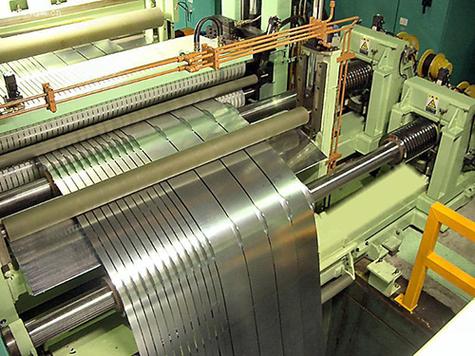Casting
The purpose of casting is to manufacture alloys with satisfactory composition and high melt purity, creating favorable conditions for casting alloys of various shapes.
Several key parameters during the casting process:
1. During smelting, the furnace temperature is generally set at 1050 ℃, and during the process, the material temperature needs to be monitored to control the metal temperature to not exceed 770 ℃;
2. The slag removal operation is carried out at around 735 ℃, which is conducive to the separation of slag and liquid;
3. Refining generally adopts a secondary refining method, with solid refining agents added to the primary refining and gas refining used for the secondary refining;
4. After standing still for 30 minutes to 1 hour, it is necessary to cast it in a timely manner, otherwise it needs to be refined again;
5. During the casting process, it is necessary to continuously add Ai Ti-B wire to refine the grain size.
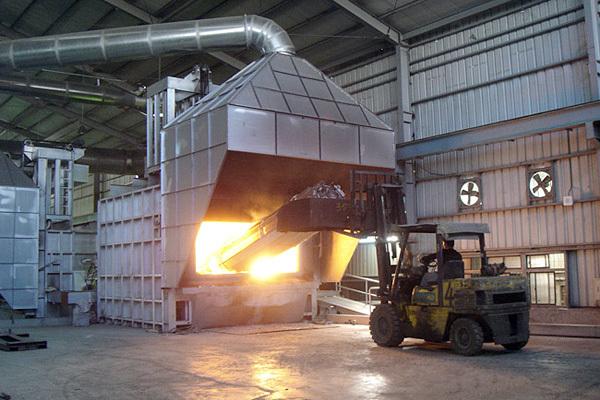
Hot rolling
Hot rolling generally refers to rolling carried out above the recrystallization temperature of the metal. During the hot rolling process, the metal undergoes both hardening and softening processes. Due to the influence of deformation speed, as long as the recovery and recrystallization processes are not carried out in time, there will be a certain degree of work hardening. The incomplete recrystallization of the metal after hot rolling means that the recrystallized structure coexists with the deformed structure. Hot rolling can improve the processing performance of metals and alloys, reduce or eliminate casting defects.
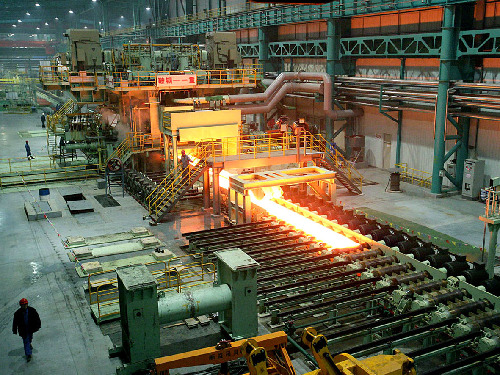
Strip cast
Casting and rolling process flow: liquid metal, front box (liquid level control), casting and rolling mill (lubrication system, cooling water), shearing machine, coiler.
The casting and rolling temperature is generally between 680 ℃ and 700 ℃, the lower the better. A stable casting and rolling line usually stops once a month or more, and the plate needs to be re erected. During the production process, it is necessary to strictly control the liquid level in the front box to prevent low liquid levels. Lubrication is carried out using C powder from incomplete combustion of coal gas, which is also one of the reasons for the relatively dirty surface of the cast and rolled material. The production speed is generally between 1.5m/min and 2.5m/min. The surface quality of products produced by casting and rolling is generally low and cannot meet the special physical and chemical performance requirements of products.
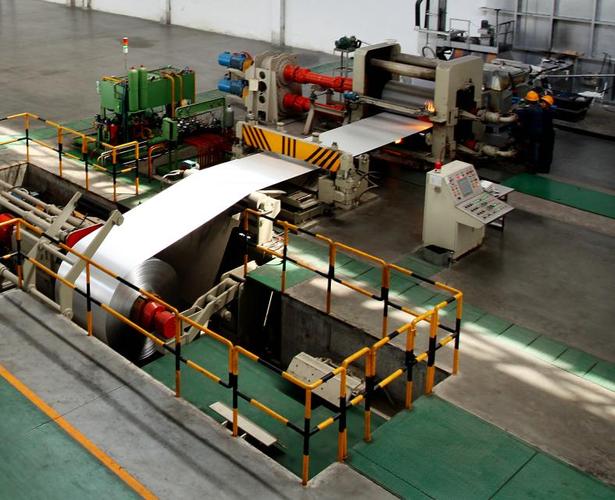
Cold rolling
Cold rolling refers to the rolling production method below the recrystallization temperature. During the rolling process, there will be no dynamic recrystallization, and the temperature can rise to the recovery temperature at most. Cold rolling occurs in a work hardening state, with a high work hardening rate. Cold rolled sheet and strip have high dimensional accuracy, good surface quality, uniform structure and properties, and can be processed with heat treatment to obtain products in various states. Cold rolling can produce thin strips, but it also has the disadvantages of high deformation energy consumption and multiple processing steps.
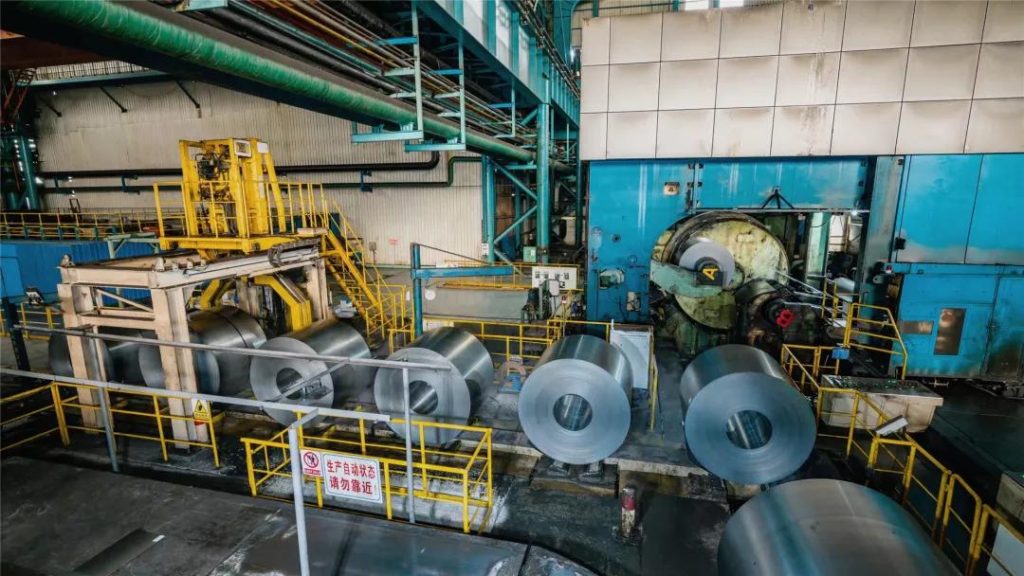
Slitting
According to the actual width and length required, use a slitting unit for slitting.
